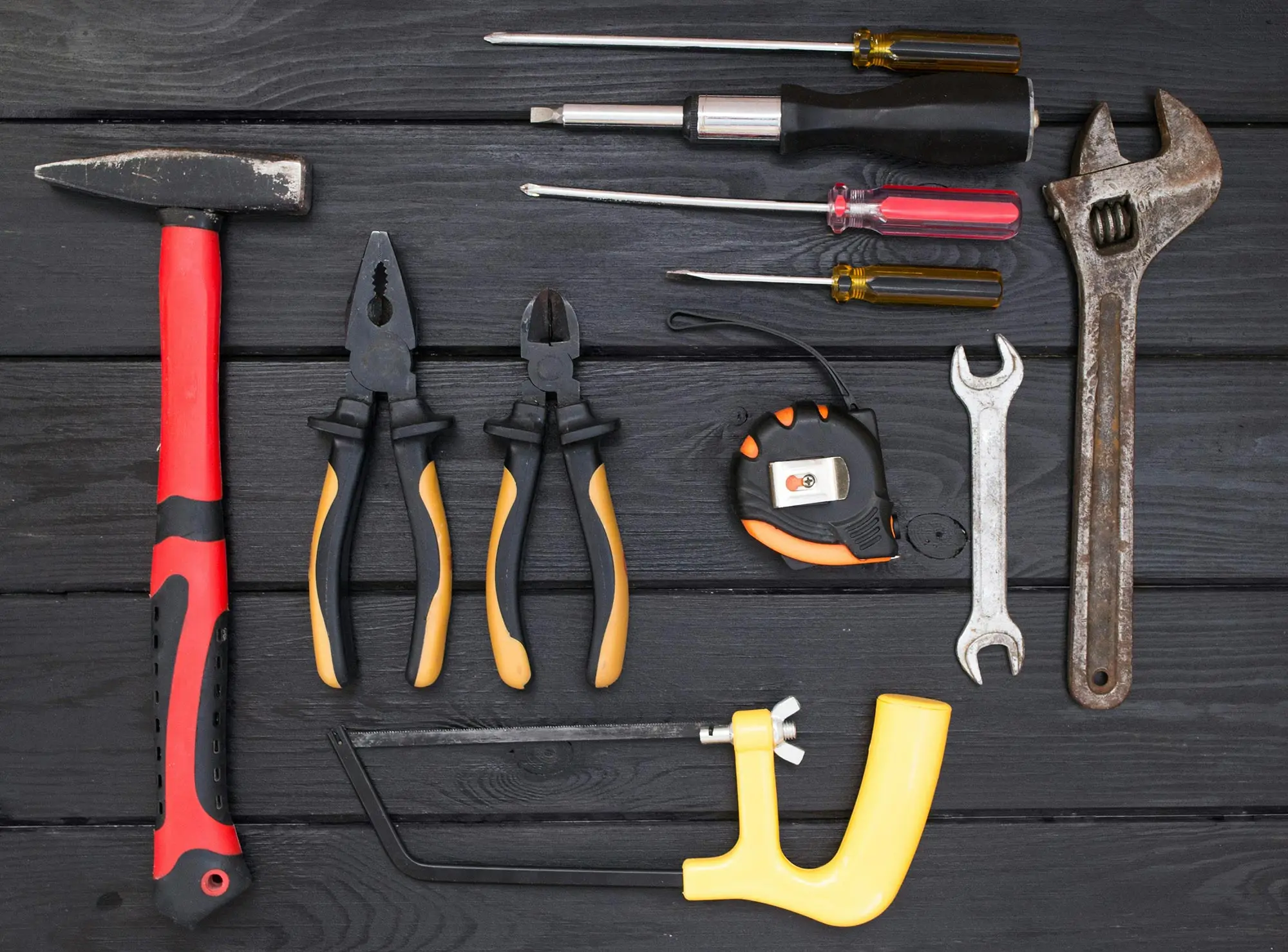Selecting the right wood is crucial for achieving durability, aesthetics, and functionality in any project. The type of wood you choose affects workability, longevity, and cost. Understanding different wood types, their characteristics, and suitability for specific applications ensures a successful project with lasting results and minimal maintenance.
Hardwoods vs. Softwoods
Hardwoods, such as oak and maple, offer superior strength and durability, making them ideal for furniture and flooring. Softwoods, like pine and cedar, are lightweight and easier to work with, often used in construction and decorative applications. Knowing the differences helps in selecting the best material for your specific project.
Workability and Ease of Use
Some woods are easier to cut, sand, and shape than others. Softwoods generally require less effort, while hardwoods demand specialized tools. Beginners may prefer softwoods for simple projects, while professionals often use hardwoods for intricate designs. Considering ease of use helps in avoiding unnecessary complications during woodworking.
Best Wood for Outdoor Use
Choosing the best wood for outdoor use ensures durability and resistance to weather conditions. Hardwoods like teak, cedar, and redwood naturally resist moisture and pests, while pressure-treated lumber offers affordability and longevity. Proper sealing and maintenance further enhance outdoor wood’s lifespan, making it ideal for decks, furniture, and garden structures.
Cost and Availability
Exotic woods like mahogany and walnut offer exceptional beauty but come at a high cost. Local species, such as oak or maple, provide affordability without sacrificing quality. Availability also plays a role—opting for readily available woods reduces expenses and ensures sustainable sourcing for an environmentally conscious project.
Sustainability Considerations
Choosing sustainably sourced wood helps protect forests and ecosystems. Look for certifications like FSC (Forest Stewardship Council) to ensure ethical harvesting practices. Bamboo is another excellent alternative, growing rapidly and offering strength comparable to hardwoods. Sustainable choices benefit both the environment and long-term resource availability.
Conclusion
The right wood selection depends on durability, workability, cost, and environmental impact. Understanding the strengths and weaknesses of different types ensures a high-quality, lasting project. Whether crafting furniture, outdoor structures, or decorative pieces, choosing wisely enhances functionality and aesthetics while supporting sustainability and responsible woodworking practices.
